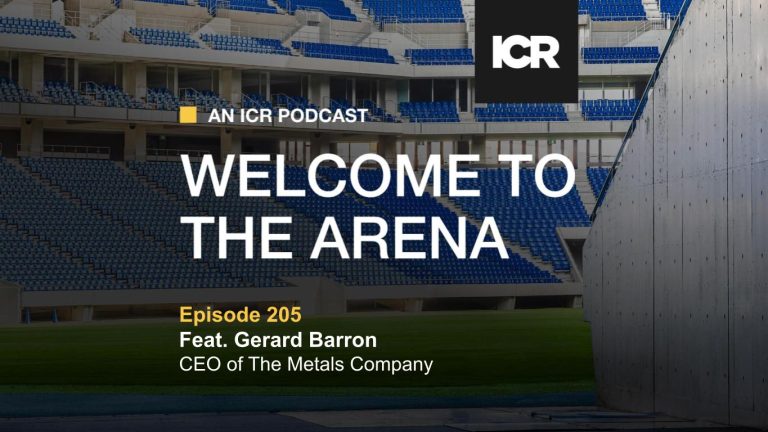Read any financial media outlet that covers private equity and the tone reeks of nothing but struggles after a glorious post-GFC run. Buyers complain of higher interest rates while sellers insist on 2021-level valuations.
But that doesn’t mean deals are not getting done. Every weekday, several industry newsletters publish deal announcements from the last 24 hours. They are never blank.
During the first three quarters of 2023, S&P Capital IQ Pro calculated global private equity and venture capital deal volume of $365 billion spread across approximately 13,000 transactions. While these numbers are down from 2022, there’s still plenty of work to do for communications professionals announcing said deals, just not at the blazing pace of the pandemic era.
With fewer platform acquisitions to announce in 2023, many in-house PE communications directors and their agency partners focused on thought leadership, portfolio company communications and platform expansion (hello private credit!).
But no drought lasts forever, and mature funds are already planning their exits – and exit communications – for 2024. After all, exit communications doubles as marketing for the next fundraising cycle.
Investors are hungry for distributions after a two-year trickle – and cash has no enemies. But it’s not as easy as signing documents and wiring funds – all PE transactions must have a detailed communications plan in place that strategically positions the new owner for all relevant stakeholders: investors, employees, customers, vendors, local communities/governments, regulators and media.
Below are some considerations for PE communications professionals as they guide their clients/teams through exits next year, depending on the buyer type.
Sale to Another PE Sponsor
For all involved – deal teams, communications teams, and portfolio company teams – this is fairly straightforward, but the buyer and the seller may have different agendas.
In this scenario, ownership is changing hands while existing shareholders receive a cash payout, and in some cases, rolling equity for additional upside. The distribution of sales proceeds for limited partners and equity-granted employees are the cleanest: cash is wired in one’s account. Never a bad thing.
But in order to ease the transition, both seller and buyer must take great pains to ensure day-to-day operations remain the same, re-assuring stakeholders – especially employees, customers and vendors – that nothing material will change, and in fact, the transaction will open even further opportunity for growth and expansion. Collaboration here is key. The buyer needs to convey upside potential to all, while the seller can’t be seen to have missed out on that same opportunity.
Sale to a Strategic Buyer
Things get more complex when communicating a sale to a strategic buyer. Key questions include:
- Will the new owner continue to let the business run independently?
- How will employees be integrated into the organization?
- Will any employee benefits be cut?
- Will vendors lose their account?
- Will customers receive the same treatment?
- What will the impact be on the local community?
- Will there be cost “synergies”? (Note to communications professionals – eliminate the word “synergies” from your vocabulary – everyone knows by now it means layoffs!)
For investors and equity-granted employees, things can get trickier here. Will their payout be all in cash? Will they receive public shares? What are the restrictions for owning said shares? These all have to be addressed in communications as they will drive how the transaction is viewed and the subsequent behavior of those stakeholders.
IPO
The media loves covering IPOs, especially notable consumer and tech brands. But getting all your communication ducks in a row is a complex, long-term undertaking. A privately negotiated sponsor-to-sponsor sale seems quaint in comparison. For sponsor-backed businesses considering going public this year, some things to consider:
- Your deal has a high probability of getting leaked to the media before you file the S-1. If/when it does, you must have an employee communication ready to go, with instructions of what to do if word gets out.
- Most of your rank-and-file employees will have never gone through an IPO before and they will not be aware of all the restrictions that come with it. The sponsor and management team must proactively communicate with employees about what they can and can’t say or do, host town halls and webinars to educate equity-granted employees on their options going forward and opportunities to purchase stock on an ongoing basis after the IPO.
- What is your exit schedule? LPs in the sponsor’s fund will want to know when they can expect periodic distributions in the years to come. Private equity sponsors that float a company to the public don’t sell all their shares at once, usually selling a small portion of their holdings at the IPO and selling down their stake over subsequent years through block trades. The last thing LPs want is to receive a pro rata distribution of public shares. After all, LPs pay the sponsor to decide when to sell shares – not pass the buck back them!
For those who live, breathe and eat capital markets transactions, the last two years have been a tough road. Slower deal activity also means that communications professionals that traffic in M&A and IPOs may have lost some institutional memory. But the math is the math. Sponsors with dry powder – $2.6 trillion worth – need to deploy capital. When the spigot opens, comms professionals should not be caught off guard.
ICR has guided thousands of companies about how to communicate an ownership transition over the past 25 years, and was recently ranked the #2 M&A PR Firm by The Deal for 2023. For those executives who might be considering an exit for their company in 2024, please get in touch.



